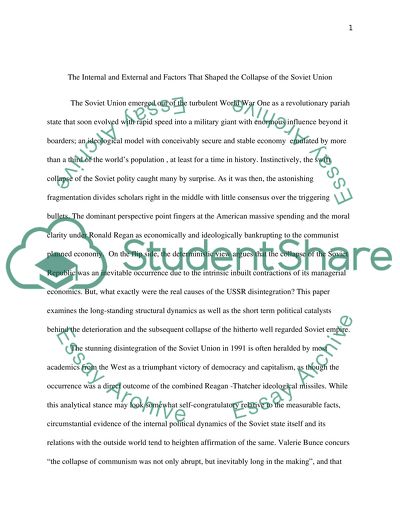Cite this document
(“The Internal and External and Factors That Shaped the Collapse of the Essay”, n.d.)
The Internal and External and Factors That Shaped the Collapse of the Essay. Retrieved from https://studentshare.org/history/1464720-what-were-the-causes-of-the-collapse-of-the-soviet
The Internal and External and Factors That Shaped the Collapse of the Essay. Retrieved from https://studentshare.org/history/1464720-what-were-the-causes-of-the-collapse-of-the-soviet
(The Internal and External and Factors That Shaped the Collapse of the Essay)
The Internal and External and Factors That Shaped the Collapse of the Essay. https://studentshare.org/history/1464720-what-were-the-causes-of-the-collapse-of-the-soviet.
The Internal and External and Factors That Shaped the Collapse of the Essay. https://studentshare.org/history/1464720-what-were-the-causes-of-the-collapse-of-the-soviet.
“The Internal and External and Factors That Shaped the Collapse of the Essay”, n.d. https://studentshare.org/history/1464720-what-were-the-causes-of-the-collapse-of-the-soviet.


